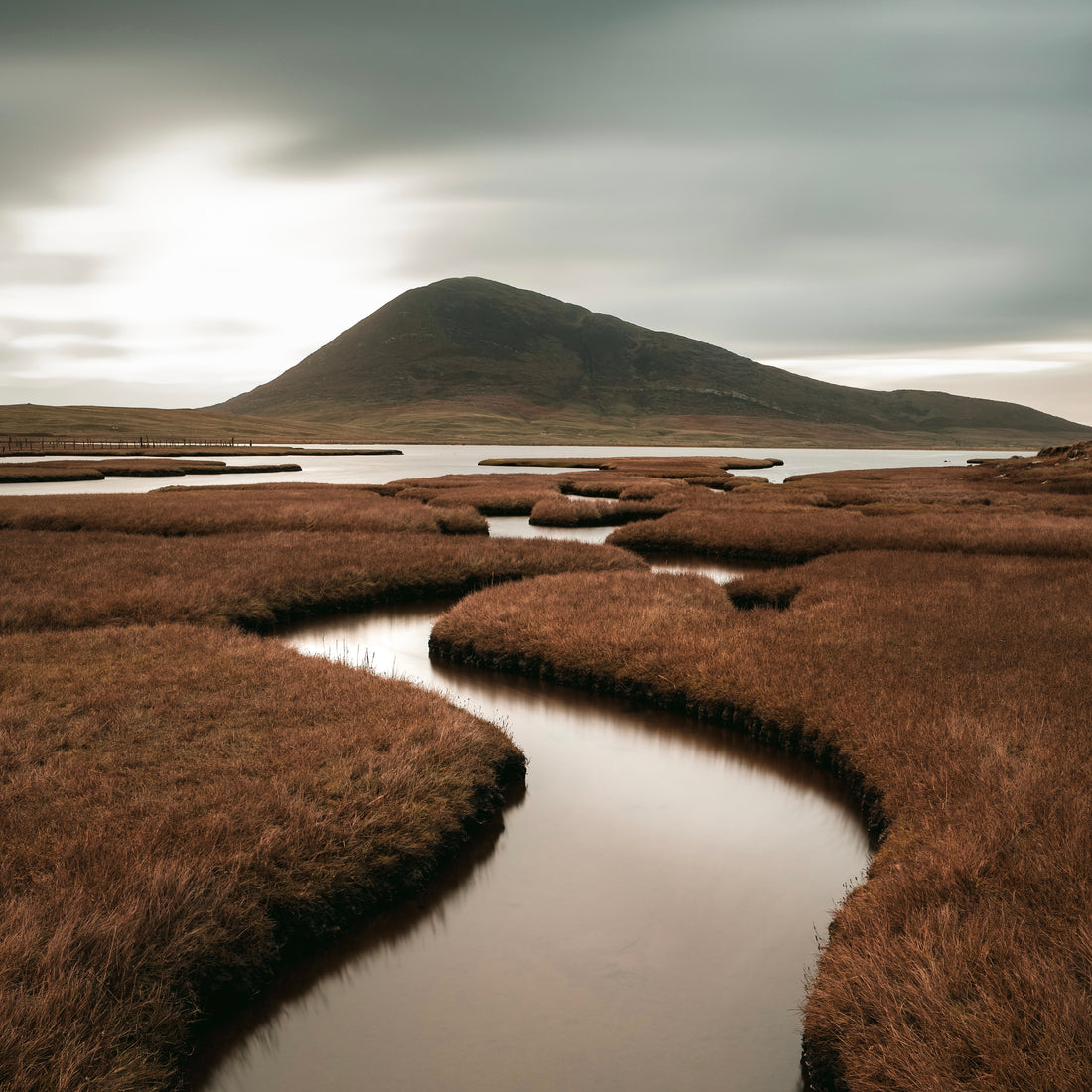If you're looking to improve your landscape photography, check out our ultimate guide to landscape photography. We've compiled some of the best tips for photographers to help you take your photos to the next level.
Tip 1. Plan Ahead
Before you head out to take photos, research the location you'll be visiting. Look up photos taken by other photographers to get an idea of the best vantage points and angles. Determine the best time of day to shoot, and check the weather forecast to avoid unpleasant surprises.Tip 2. Use the Right Equipment
Having the right equipment can make a big difference in your landscape photography. A wide-angle lens is essential for capturing the vastness of landscapes. A tripod is also a must-have for keeping your camera steady and taking clear shots. Other useful items include neutral density filters to control the exposure, and polarizing filters to reduce reflections and enhance colors.Tip 3. Master Exposure
Exposure is one of the most important aspects of landscape photography. Learn how to use your camera's manual settings to control the exposure and properly expose the scene. Use the histogram to check that you're not under or overexposing the shot.Tip 4. Composition is Key
The composition is what makes or breaks the photo. Use the rule of thirds to create an interesting composition. Pay attention to details such as lines, patterns, and textures. Experiment with different angles and heights to find the best composition.Tip 5. Capture Movement
Landscape photography isn't just about static scenes. Use long exposures to capture the movement of water, clouds, or other elements in the landscape. This technique can create a sense of motion and add interest to the photo.Tip 6. Use Light to Your Advantage
Light is one of the most important elements in photography. When shooting landscapes, aim to capture the golden hour – the hour after sunrise or before sunset when the light is soft and warm. Avoid shooting in harsh sunlight, which can create harsh shadows and washed-out colors.Tip 7. Get Creative
Don't be afraid to get creative with your landscape photography. Try new techniques, experiment with different perspectives, and use your imagination to create unique shots. Think outside of the box and challenge yourself to take your photography to the next level.Follow these tips, and you'll be on your way to capturing stunning shots that showcase the beauty of nature. Remember to plan ahead, use the right equipment, master exposure, pay attention to composition, capture movement, use light to your advantage, and get creative.


